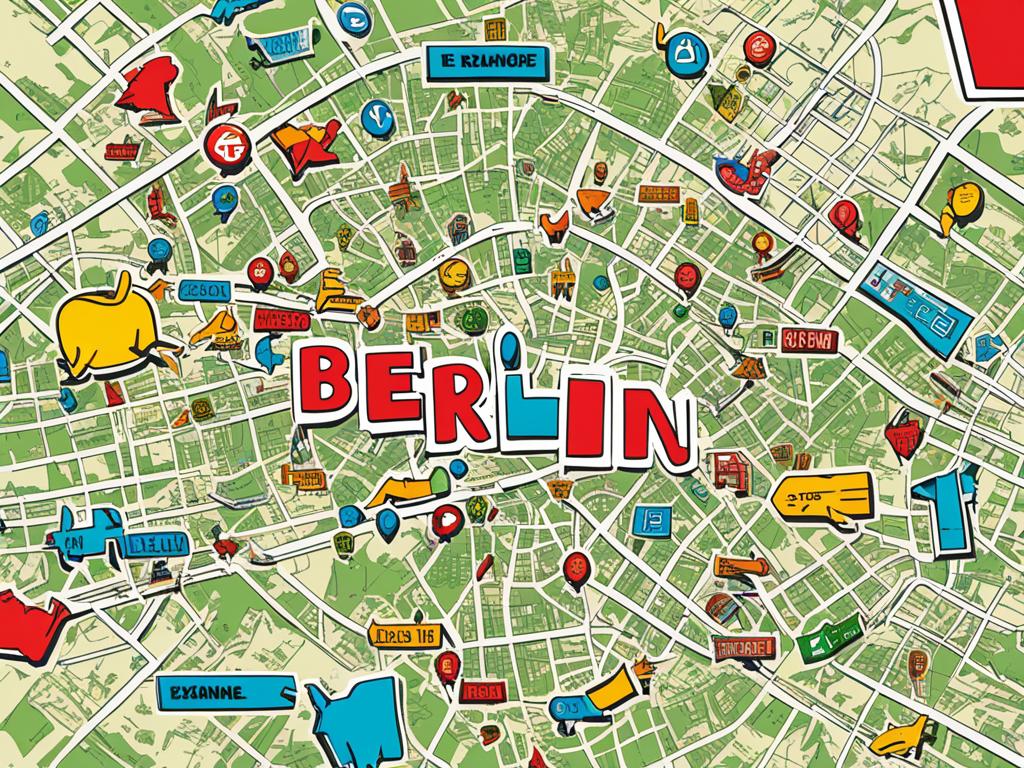Walking through Berlin, I visit famous spots like the Brandenburg Gate and Berlin Wall remains. It’s key to use my euros wisely, to stretch my travel funds further. The city is part of a huge global exchange market, with a daily trading volume reaching US$7.5 trillion in April 20221. Choosing the best place for currency exchange in Berlin is important.
I prefer using top services like Ria Money Transfer and EuroChange. They give you cash right away for your spending needs. Remember: avoid places with high fees, such as airports and hotels, to save money.
Finding the hidden gems of currency exchange means avoiding unexpected fees. The Wise card is a standout option. It lets you use money at the real mid-market rate, saving you from big charges1. This way, you have more to enjoy Berlin’s vibrant music and arts scene.
Understanding Berlin’s Currency Exchange Ecosystem
Traveling a lot has taught me a lot about changing money, especially in a place as busy as Berlin. With about 3.75 million people, it’s Germany’s largest city and ranks 5th in Europe2. So, it’s normal for visitors to look for good exchange rates here. Whether you’re moving through the large urban area with its 4.5 million people2, or the Berlin-Brandenburg region with about 6.2 million2, knowing where to get the best currency exchange rates in Berlin can make your visit better.
In Berlin, the economy gets a big boost from tech and services, including creative sectors, research, and media2. There are many great places to change your money. But, it’s important to be careful. Areas with lots of people sometimes have exchange services with extra fees not shown upfront. My tip is to use reputable banks or digital options like Wise. They’re up front about costs and might save you money on fees when you’re using local currency.

It’s a good idea for visitors to learn about the mid-market exchange rate. This is the best rate to compare offers from exchange services. This info is crucial in Berlin, whether you’re interested in its economic scene or its universities, like Humboldt University2. The city’s GDP is impressive at €179.379 billion for Berlin and €268.179 billion for the metro area2.
- Compare exchange rates and choose businesses that align with the mid-market rate.
- Utilize digital tools for tracking exchange rate trends.
- Select ATMs that offer transactions in the local currency, EUR, to save on conversion fees.
Berlin’s status as a hub for various industries means its financial scene is equally dynamic. Your approach to exchanging money in Berlin should reflect its complexity and energy. Look for the best rates, use modern financial tools, and consider the economic factors affecting currency. This strategy, along with Berlin’s history and innovation, ensures you’re smart with your money and have a better trip to Germany’s capital.
Smart Banking Tips for Travelers in Germany
Wandering through Berlin’s lively streets, I follow some key financial tips. Choosing credit cards without foreign fees is crucial. This can save you about 3% on every purchase3. This tip is gold when you enjoy Germany’s food and culture. So, I recommend having two credit cards from different networks3. This ensures smooth spending and peace of mind3.
Telling your banks about your travel plans is another must. It avoids the hassle of a blocked card while abroad3. Thanks to top-notch credit card fraud protection in Europe3, they are my go-to payment method. Yet, Berlin has places that prefer cash. So, I also carry a debit card for ATM withdrawals across Europe3.
Enjoying Berlin’s history and architecture, I also think about money exchange. It’s smart to use the best exchange services in Berlin4. Whether staying in a luxurious hotel or a vibrant one, I choose places that fit my budget. With the right banking choices, I dive into Berlin’s wonders freely. The best currency exchange guides in Berlin back this up and remind me to enjoy every bit of this city4.

